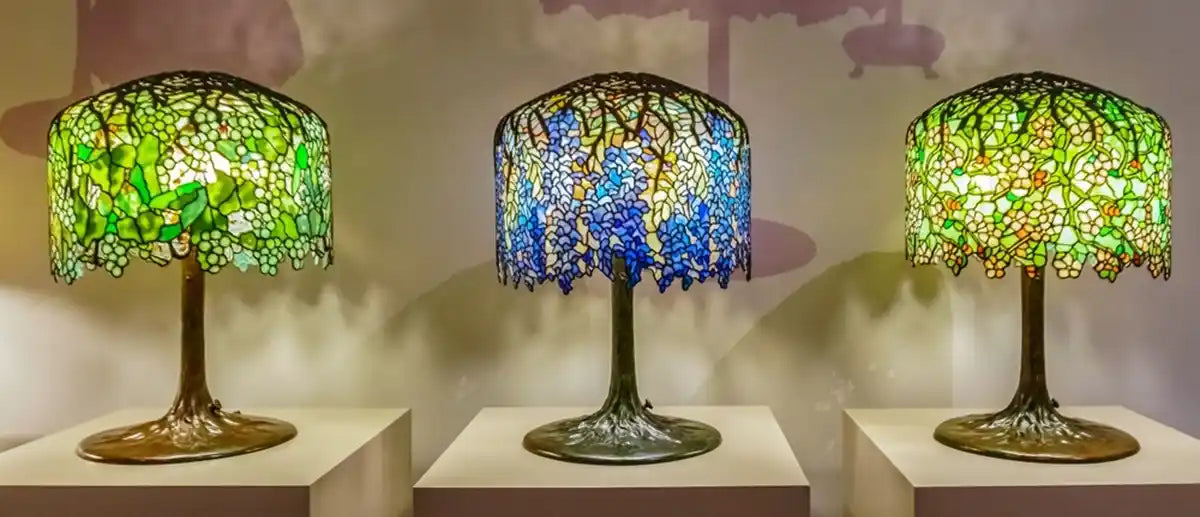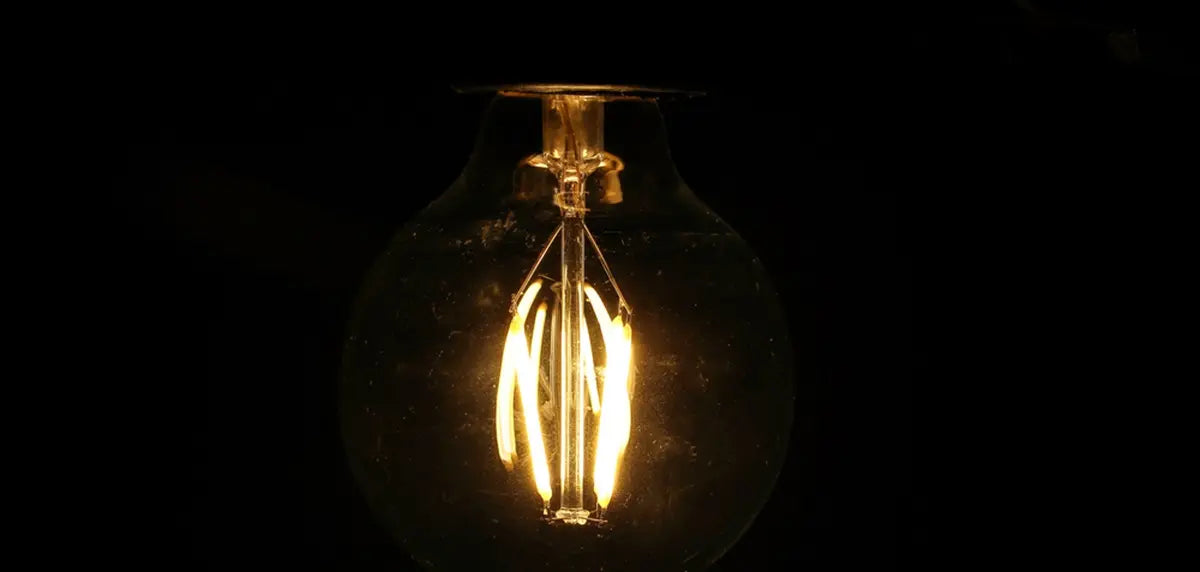Identifying a genuine Tiffany lamp can be a rewarding experience. These lamps are not just beautiful; they are also valuable pieces of art.
This guide will show you how to identify an authentic Tiffany lamp.
Let's dive in.
Understanding Tiffany Lamps

Tiffany lamps were created by Louis Comfort Tiffany in the late 19th and early 20th centuries. They are known for their intricate stained glass designs and high-quality craftsmanship.
Key Characteristics
-
Stained Glass: Tiffany lamps feature colorful stained glass pieces, often in floral or geometric patterns.
-
Base Material: The bases are usually made of bronze or brass.
- Signature: Look for the "Tiffany Studios" signature on the base or shade.
How to Identify a Tiffany Lamp

Identifying an authentic Tiffany lamp involves examining several key characteristics, including the base, shade, craftsmanship, and materials. Here are the primary aspects to consider:
Base and Patina
-
Material: Genuine Tiffany lamps have bases made of bronze, which is often hollow and filled with lead to provide stability. Reproduction lamps may use materials like brass, zinc, or even plastic.
- Patina: Over time, the bronze base of an authentic Tiffany lamp develops a patina—a brownish or greenish film due to oxidation. This patina is a sign of age and authenticity, although some forgeries may attempt to mimic this look with paint.
Shade and Glass
-
Shape and Design: Authentic Tiffany lamp shades are typically globe or cone-shaped and have an organic flow. Common motifs include botanical designs, geometric patterns, dragonflies, butterflies, peacock feathers, and spiders.
-
Material: The glass used in Tiffany lamps is high-quality stained glass, not painted. It should feel cool to the touch and have a smooth texture. The glass pieces are joined using the copper foil technique, resulting in intricate patterns and vibrant colors.
- Weight and Temperature: Glass is denser and heavier than plastic, and it usually feels cooler. If the lamp feels light or warm, it might be made of plastic instead of glass.
Craftsmanship and Quality
-
Workmanship: Authentic Tiffany lamps exhibit meticulous craftsmanship. The lead lines connecting the glass pieces should be smooth and well-crafted. Poor quality materials or shoddy workmanship are indicators of a reproduction.
- Loose Glass: Due to their age, authentic Tiffany lamps may have slightly loose glass pieces. Tapping the shade lightly should produce a slight rattle, indicating the glass pieces are not tightly secured as they would be in newer reproductions.
Markings and Signatures
-
Stamps and Signatures: Look for cuttings or etchings in the lamp base. However, be cautious as these can be easily forged. Authentic Tiffany lamps may have a signature or a logo, but this should not be the sole indicator of authenticity.
- Serial Numbers and Trademarks: Some authentic Tiffany lamps may have serial numbers or specific trademarks. Familiarize yourself with these markings as they changed over time.
Consulting an Expert
If you are still unsure, consulting an expert can be a good idea. They can provide a professional opinion and help you avoid costly mistakes.
Finding an Expert
- Antique Dealers: Many antique dealers specialize in Tiffany lamps.
- Appraisers: Professional appraisers can provide a detailed analysis.
Final Thoughts
Identifying a Tiffany lamp involves examining the glass, base, and signature. Each element provides clues to its authenticity.
By following these steps, you can confidently identify a genuine Tiffany lamp.
You Might Also Like
How Can You Tell If a Floor Lamp is Vintage: Easy Guide
Why Are Tiffany Lamps So Valuable? Uncover the Hidden Secret
How to Clean Lamp Shades of All Materials in 10 Minutes
How to Clean a Tiffany Lamp? Restore Its Shine Like a Pro!









2 comments
Donna Lloyd
Need to fish 3 slight cracks in crown glass chandelier
Also need cleaned and installed
John wells
I bought my house in 1981 been here 43 years and I just found a lampshade in my basement that looks like it could be Tiffany I know nothing about them but someone else that’s probably a Tiffany lamp shade are they worth any money
Leave a comment
All comments are moderated before being published.
This site is protected by hCaptcha and the hCaptcha Privacy Policy and Terms of Service apply.